How to Choose Functional Fabrics: A Technical Guide to 5 Key Performance Textiles
According to Grand View Research, the global functional fabric market surpassed $20 billion in 2023, projected to grow at 8.5% CAGR through 2030, reaching $35 billion. The Asia-Pacific region drives this growth, with China's functional apparel retail exceeding ¥100 billion (National Bureau of Statistics) in 2022. The outdoor equipment sector has particularly accelerated post-pandemic, achieving 15% growth (2020-2023) and surpassing ¥60 billion in 2023.
This guide examines the top 5 functional fabrics dominating technical apparel development today。

1. Moisture-Wicking & Quick-Drying Fabrics
Definition
Engineered textiles that rapidly absorb bodily moisture, transport it to the outer surface, and accelerate evaporation to maintain dryness.
Key Mechanisms
- Capillary Action: Vertical moisture transfer through micro-channel fibers
- Hydrophilic Treatment: Chemical coatings enhancing water molecule attraction
- Evaporative Surface Design: Open-knit structures promoting airflow
Performance Benchmarks
- Water absorption rate: ≥80% (AATCC 79)
- Drying speed: ≥0.20g/h (ISO 6330)
- Water droplet spread time: ≤6 seconds
- Capillary rise height: ≥80mm (JIS L 1907)
Common Applications
- High-intensity sportswear (Nike Dri-FIT, Under Armour HeatGear®)
- Performance underwear (Uniqlo AIRism line)
- Tactical gear requiring rapid sweat management

2. Cooling-Touch Fabrics
Definition
Textiles engineered with instant heat dissipation properties through physical or chemical modifications.
Core Technologies
- Mineral Infusion: Nano-scale particles (tourmaline/jade/boron nitride) in fiber matrices
- Phase Change Materials (PCM): Microencapsulated paraffin wax regulating thermal buffering
- Engineered Cross-Sections: Y-Shaped or hollow fibers increasing surface heat exchange
Performance Metrics
- Q-Max: ≥0.2 W/cm² (industry standard for cooling sensation)
- SPF rating: UPF 50+ for UV protection synergies
Market Innovations
- Hybrid designs combining cooling fibers with antimicrobial treatments (ex: Coolmax® with Polygiene®)
- Biomimetic textiles mimicking reptile scale heat reflection patterns

3. High-Stretch Fabrics
Definition
Textiles offering exceptional elasticity (200-300% elongation) with shape memory capabilities.
Material Science Breakdown
- Elastane Integration: 15-20% spandex content for foundational stretch
- Advanced Weaving: 4-way stretch constructions using circular knitting machines
- Recovery Enhancers: Dual-component yarns with hard/soft polymer segments
Key Variants
- Compression fabrics (Schoeller® dynamic power mesh)
- Shape-retention Denim (Lee X-Stretch® with T400® fiber)
- Eco-Stretch options: Roica™ V550 recyclable elastane
Performance Standards
- Stretch recovery: ≥90% after 100 cycles (ASTM D2594)
- Compression force: 18-22 mmHg for medical-grade support

4. Antimicrobial Fabrics
Definition
Textiles engineered to inhibit microbial growth (bacteria/fungi) through integrated protective systems.
Advanced Solutions
- Metallic Ion Technology: Silver/zinc ions disrupting cellular metabolism
- Photocatalytic Treatment: TiO2 nanoparticles reacting with UV light
- Natural Biopolymers: Chitosan coatings from crustacean shells
Certification Protocols
- Antibacterial rate: ≥99.9% (ISO 20743/AATCC 100)
- Fungal resistance: Grade 0 per AATCC 30
- Oeko-Tex® certified non-leaching formulations
Emerging Trends
- Copper-infused hospital linens reducing HAIs
- Plant-based antimicrobials (tea tree oil microcapsules)
- Self-cleaning textiles utilizing nanotechnology

5. UV-Protective Fabrics
Definition
Sun defense textiles blocking UVA/UVB radiation through material engineering.
Protection Spectrum
- UPF 50+ blocks 98% UV rays (equivalent to SPF 50 sunscreen)
- Broad-spectrum protection: 280-400nm wavelength coverage
Technical Approaches
- Absorbers: UV-reactive dye molecules (ex: Ciba® Tinosorb FD)
- Reflectors: Ceramic particle coatings deflecting radiation
- Structural Defense: Tight plain weaves (180GSM+) blocking penetration
Certification & Compliance
- AS/NZS 4399:2020 standard testing protocol
- EU UV Standard 801 lifecycle durability certification

Selection Guidelines
- Verify third-party certifications (OEKO-TEX®, bluesign®)
- Prioritize multi-functional hybrids ( moisture-wicking + UV protection)
- Consider lifecycle impact: GRS-certified recycled versions now available
- Match fabric properties to usage scenarios (high humidity vs. extreme stretch needs)
The functional fabric revolution continues to redefine technical apparel, with innovations like self-healing membranes and AI-optimized fiber blends entering the market. As consumer demand grows for science-backed performance textiles, understanding these core material technologies becomes crucial for informed purchasing decisions.
Tags:
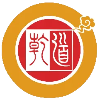
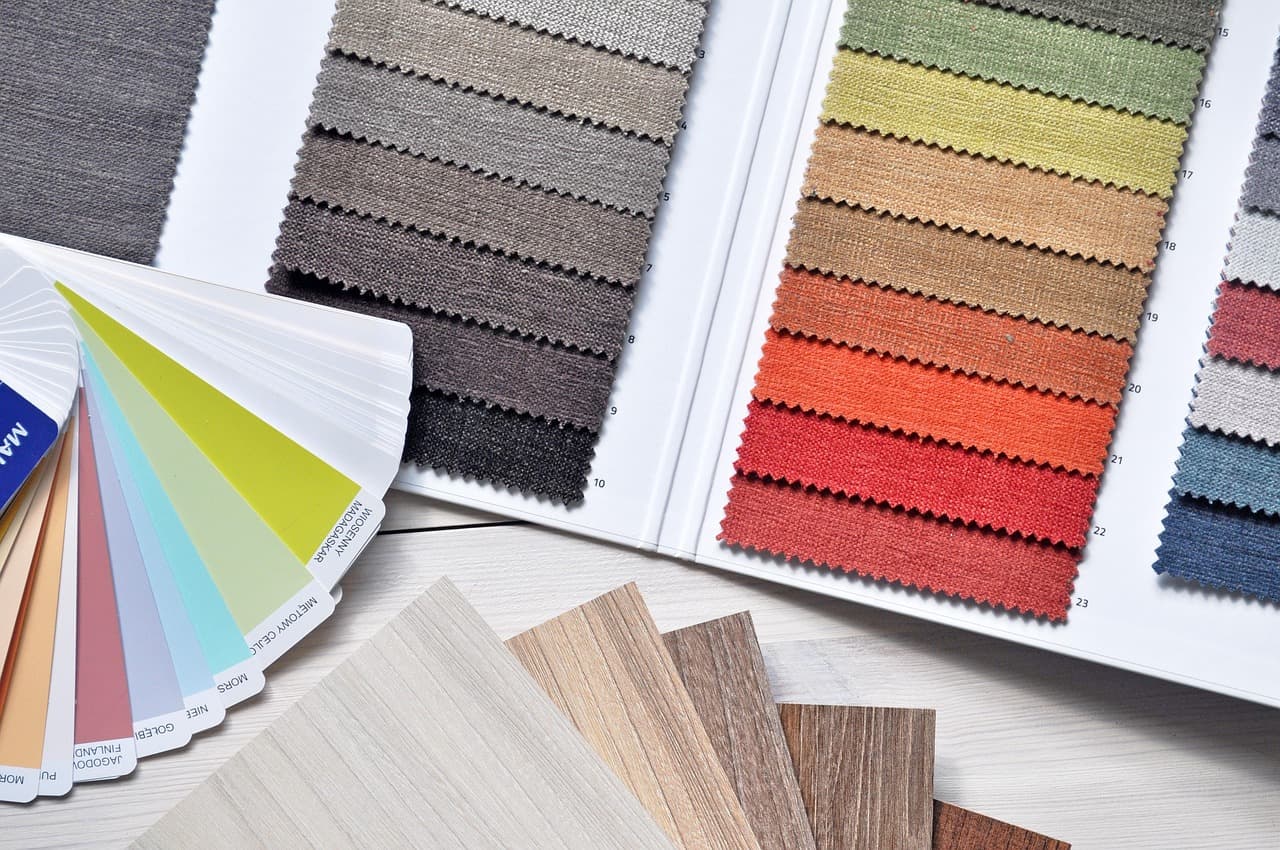

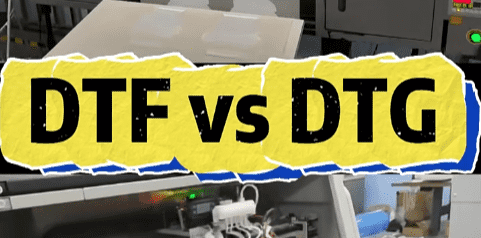
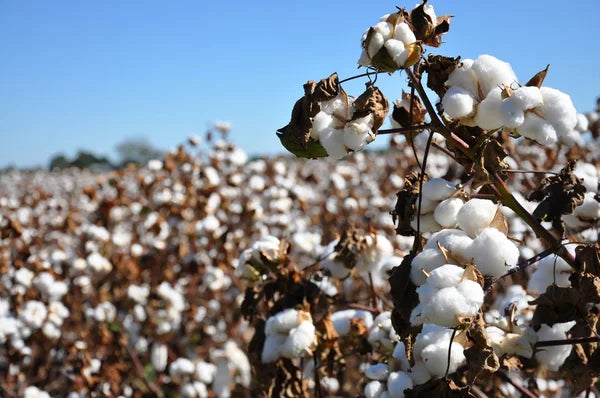
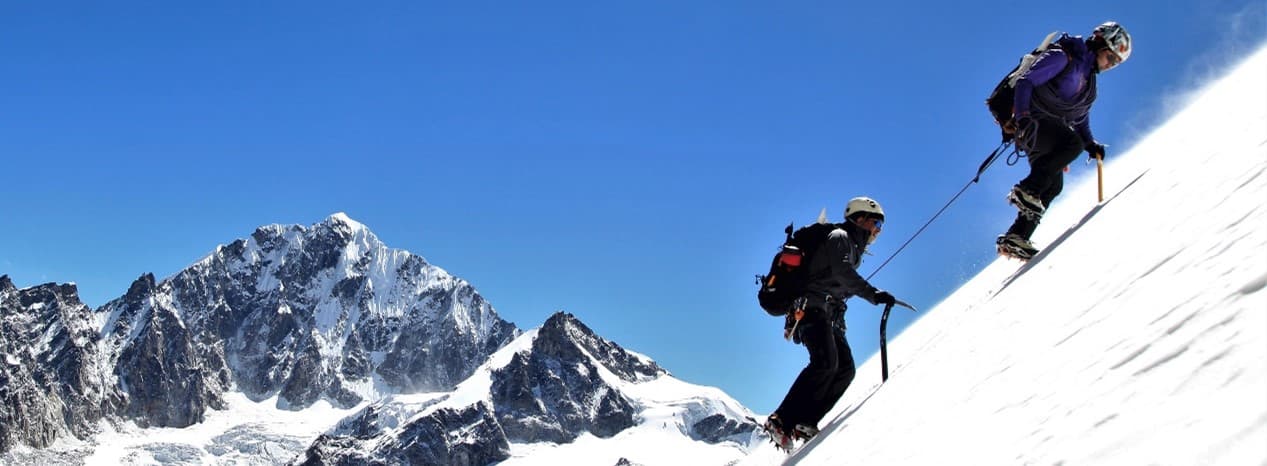
Leave a comment
Your email address will not be published.